Engineered Cementitious Composite (ECC): Revolutionizing Construction
In the world of construction materials, innovation is the key to building safer, more resilient, and sustainable structures. Engineered Cementitious...
3 min read
 Anant Bhardwaj
:
October 1, 2023
Anant Bhardwaj
:
October 1, 2023
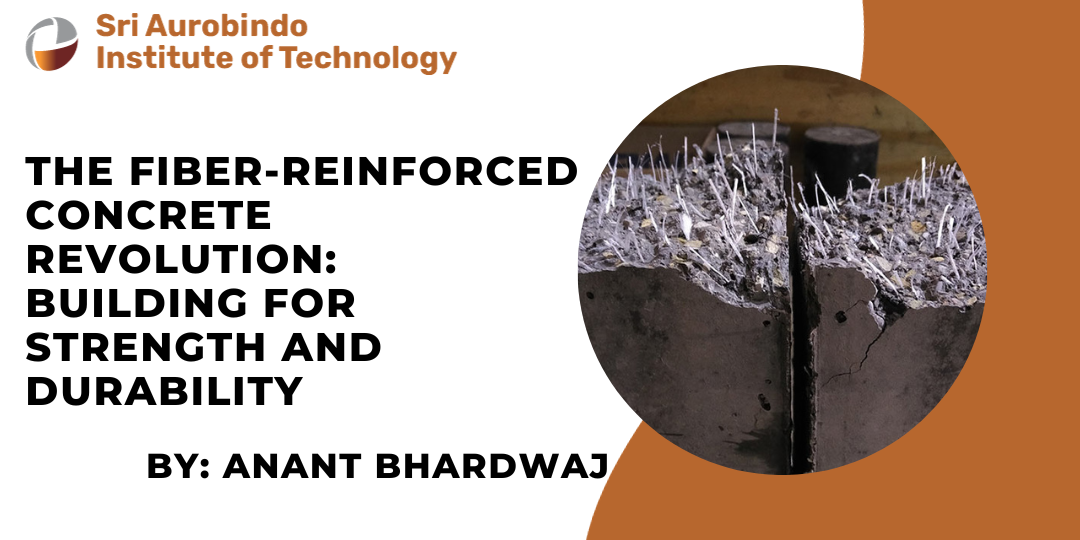
Concrete has been the backbone of construction for centuries, providing a sturdy foundation for our built environment. But in the quest for ever-stronger and more durable structures, engineers and builders have turned to innovative solutions.
One such solution that's been gaining traction is Fiber-Reinforced Concrete (FRC). In this blog post, we will explore the fascinating world of FRC, from its composition to its diverse applications and the advantages it offers in modern construction.
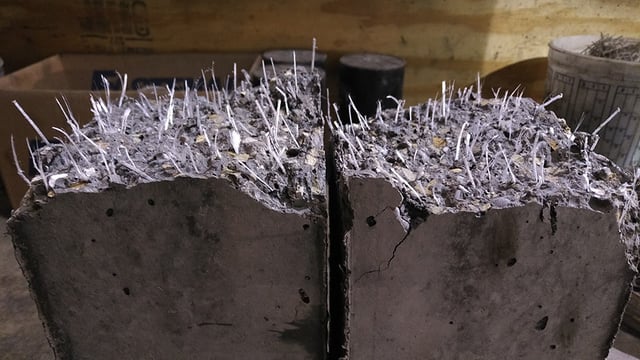
Fiber-reinforced concrete is not your ordinary concrete mix. It is fortified with various types of fibers, which are typically added during the mixing process. These fibers come in different materials, including steel, polymers, glass, and even natural fibers. Each type of fiber offers distinct properties to the concrete mix.
Steel fibers, commonly used in FRC, enhance the concrete's tensile strength and crack resistance. They come in various shapes, including hooked, crimped, or straight, and are often made from carbon steel or stainless steel.
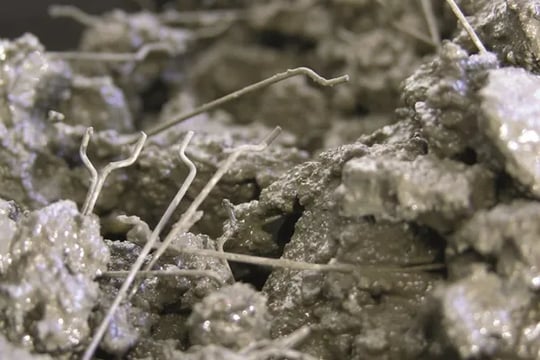
Steel fibers effectively restrain crack propagation, making FRC ideal for demanding applications like industrial flooring and bridge decks.
Polymeric fibers, made from materials like polypropylene or polyester, are added to FRC to reduce plastic shrinkage cracking and improve its freeze-thaw resistance. These lightweight fibers are easy to mix into the concrete, making them a popular choice for various construction types.
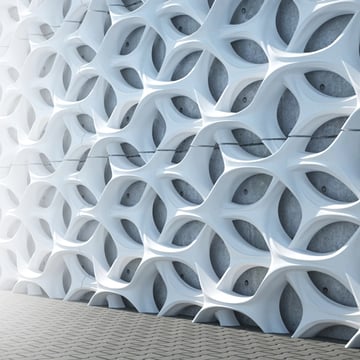
Glass fibers are chosen for their ability to enhance impact resistance and reduce the overall weight of the concrete. They are non-corrosive and thus find favor in projects where corrosion is a concern.
Natural fibers, such as cellulose or sisal fibers, offer an eco-friendly alternative. While not as robust as synthetic, or steel fibers, they have their niche applications, often in more sustainable construction projects.
Fiber-reinforced concrete offers several key advantages:
FRC is a versatile material used in various construction applications, including:
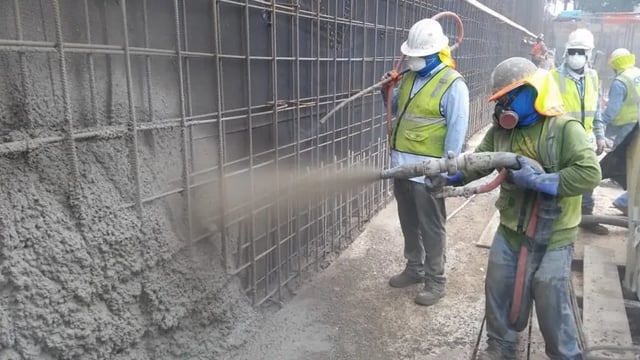
There are nine most common types of FRC's discussed below.
In CFRPs, carbon fibers are used as reinforcement within a polymer matrix, often epoxy. CFRPs are known for their high strength-to-weight ratio, stiffness, and excellent corrosion resistance. They are used in aerospace, automotive, sporting goods, and other high-performance applications.
Glass fibers are commonly used as reinforcement in composites. GFRPs are more affordable than CFRPs but offer good strength and stiffness. They find applications in boat hulls, automotive parts, construction materials, and consumer products.
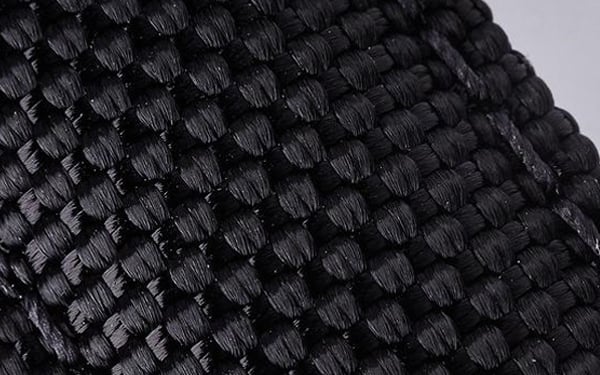
Aramid fibers, such as Kevlar, are known for their exceptional strength and impact resistance. AFRPs are used in body armor, aerospace, components, and sporting goods.
Natural fibers like jute, flax, hemp, and bamboo can be used as reinforcements in composites. These materials are biodegradable and have low environmental impact, making them suitable for applications like automotive interiors and eco-friendly construction materials.
Basalt fibers offer good mechanical properties and resistance to high temperatures. BFRPs find use in applications like high-temperature insulation, automotive parts, and infrastructure repair.
Instead of a polymer matrix, MMCs use a metal matrix, such as aluminum or titanium, with reinforcing fibers, often ceramic materials like silicon carbide or alumina, MMCs combine the properties of metals and ceramics, making them suitable for applications in aerospace, automotive, and electronics.
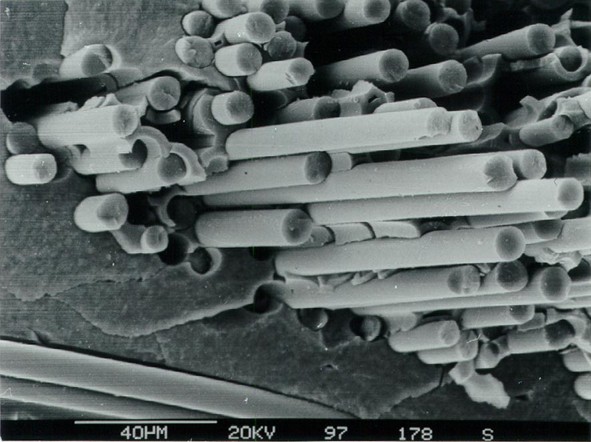
These are a broad category of FRCs that use various polymer matrices, including epoxy, polyester, vinyl ester, and more. The choice of polymer depends on the application's requirements, such as chemical resistance, temperature resistance, and cost.
In CMCs, ceramic fibers like silicon carbide or carbon are embedded in a ceramic matrix. These composites offer excellent high-temperature resistance and are used in aerospace, gas turbines, and other high-temperature applications.
These composites combine two or more types of fibers or matrix materials to achieve a balance of properties. For example, a hybrid composite might use both carbon and glass fibers for cost-effedctive strength and stiffness.
The choice of FRC depends on the specific application's requirements, including mechanical properties, temperature resistance, cost constraints, and environmental considerations. Each type of FRC has its own set of advantages and limitations, making it important to select the most suitable material for a given application.
Fiber-reinforced concrete is transforming the construction industry, offering superior strength and durability compared to conventional concrete. As architects, engineers, and builders seek sustainable and cost-effective solutions for their projects, FRC is emerging as a game-changer.
Its versatility and ability to overcome many of the limitations of traditional concrete make it an exciting option for a wide range of applications.
In the coming years, we can expect to see even more innovative uses of FRC as researchers and industry professionals continue to explore its full potential. Whether you're involved in industrial, residential, or infrastructure projects, fiber-reinforced concrete is a material worth considering for its remarkable blend of strength, durability, and adaptability in modern construction.
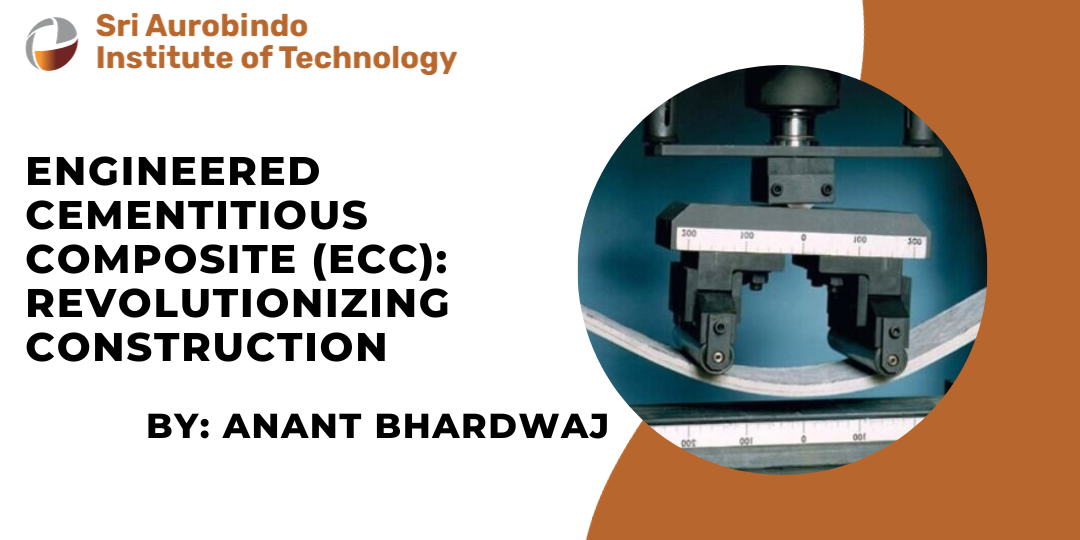
In the world of construction materials, innovation is the key to building safer, more resilient, and sustainable structures. Engineered Cementitious...
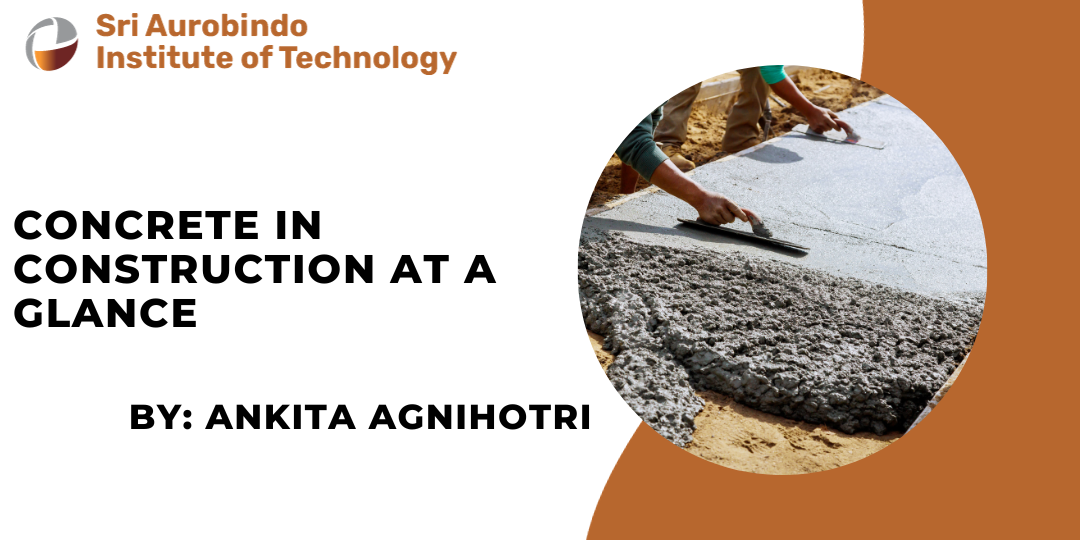
The Foundation of Modern Building Concrete is the backbone of modern construction, playing a pivotal role in shaping our urban landscapes. Its...
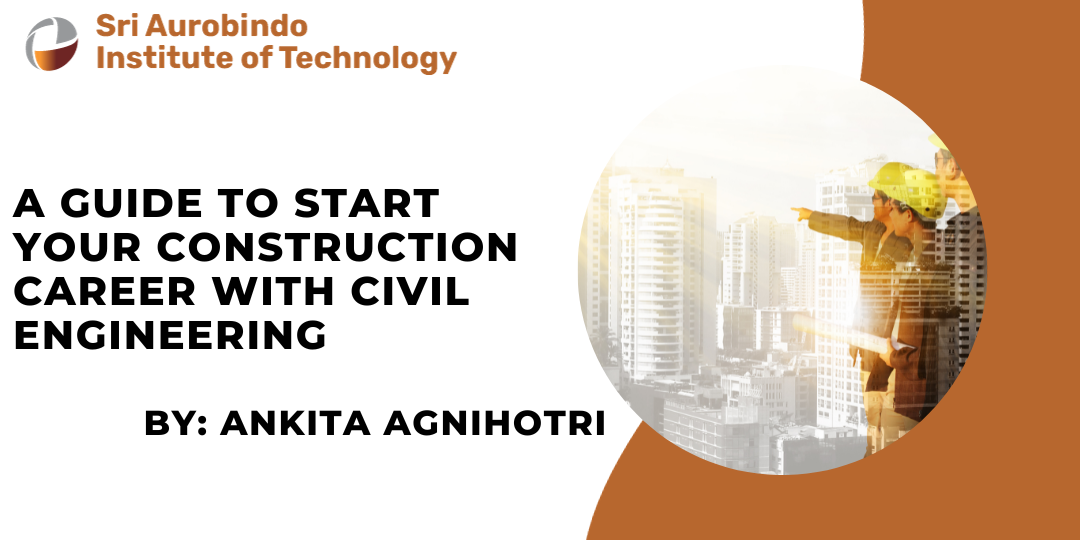
Embarking on a career in construction is an exciting and rewarding journey, especially when you choose the path of civil engineering. Civil engineers...